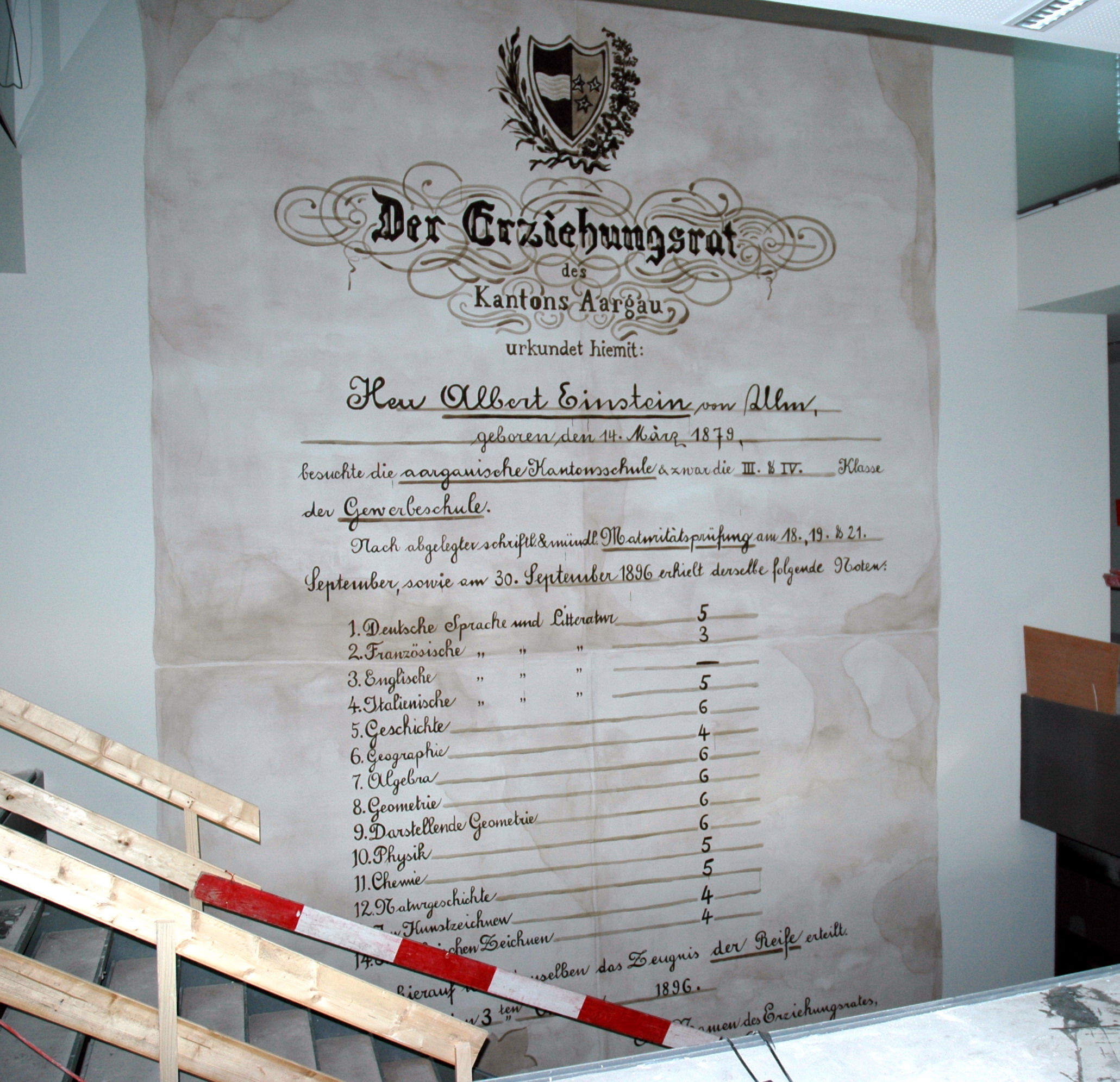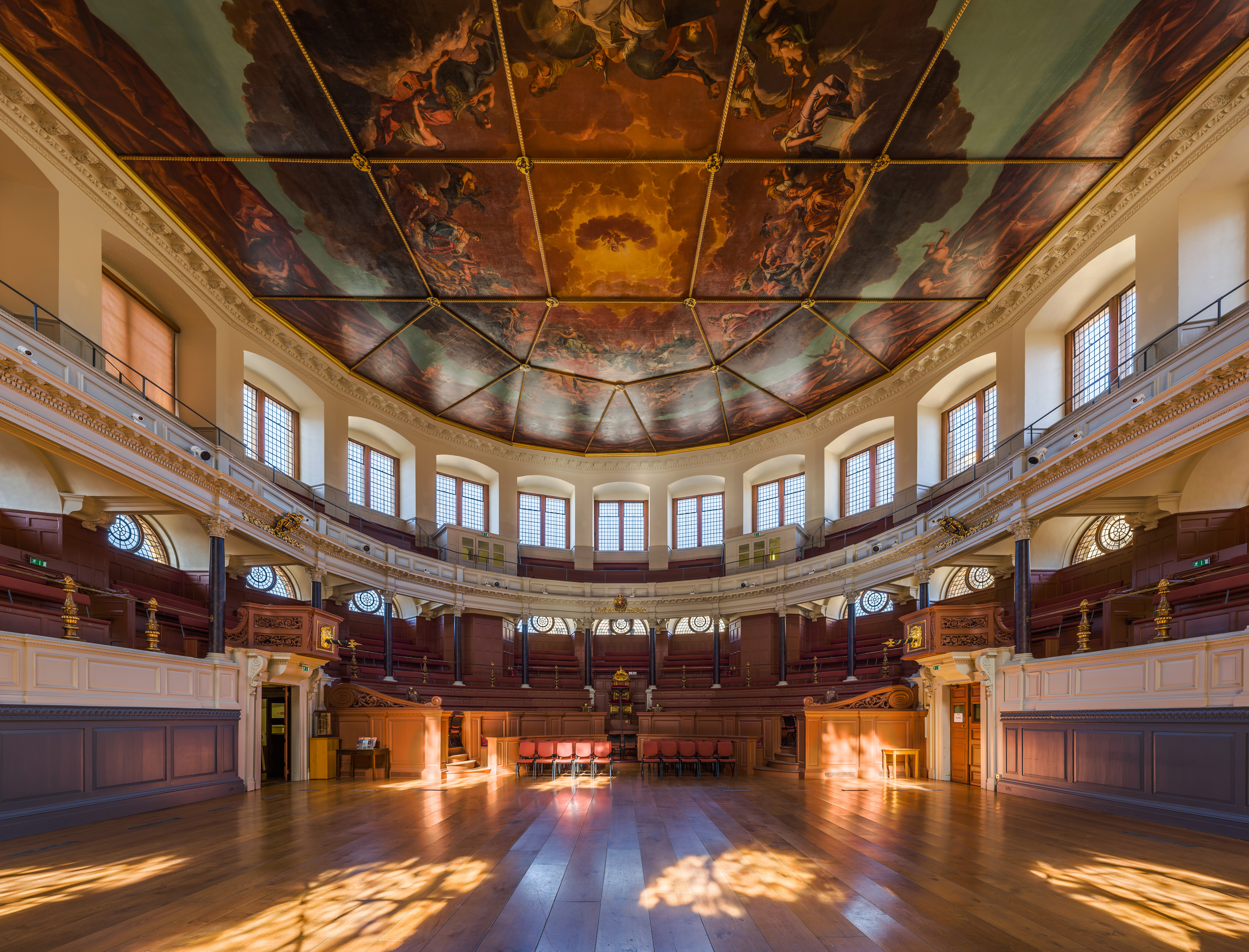|
A. B. Poynton
Arthur Blackburne Poynton (28 June 1867 – 8 October 1944) was an English classical scholar. He was a Fellow and later Master (college), Master of University College, Oxford, University College, University of Oxford, Oxford.Bickerton, Fred, ''Fred of Oxford''. London: Evans Brothers Limited, 1953, pages 136–137. Early life and family Poynton was born in Kelston, Somerset, the son of the Rev. Francis John Poynton (1831–1903) and Frances Mary Billinge (1837–1930). He was educated at Marlborough College and went up to Balliol College, Oxford, in 1885. In 1896 he married Mary Sargent (1867–1952), the daughter of John Young Sargent, a Fellow of Hertford College, Oxford, Hertford College. They had two sons (the classical scholar John Blackburne Poynton (1900–1995) and the civil servant Hilton Poynton, Sir Arthur Hilton Poynton (1905–1996)) and three daughters. Career Poynton was a Fellow (Oxbridge), fellow of Hertford College, Oxford, from 1889 to 1894. In 1894, he was el ... [...More Info...] [...Related Items...] OR: [Wikipedia] [Google] [Baidu] |
Robin Darwall-Smith
__NOTOC__ Robin Haydon Darwall-Smith FRHistS is a British archivist, based in Oxford and associated with several Oxford University College archives. Robin Darwall-Smith studied classics at University College, Oxford under George Cawkwell, as an undergraduate and postgraduate. He then trained as an archivist at the University of Liverpool. While at Oxford, Darwall-Smith represented University College on the television quiz show University Challenge in 1987. Darwall-Smith has been an archivist for Jesus College, Magdalen College, and University College at Oxford. Robin Darwall-Smith was elected a Fellow of the Royal Historical Society in 2010. He appeared on the television documentary series ''Ian Hislop's Olden Days'' in 2014. Selected books Robin Darwall-Smith has written a number of books, including: * ''The Jowett papers: A summary catalogue of the papers of Benjamin Jowett (1817–1893) at Balliol College, Oxford''. Balliol College Library, 1993. * ''Emperors and Archite ... [...More Info...] [...Related Items...] OR: [Wikipedia] [Google] [Baidu] |
High Street, Oxford
The High Street in Oxford, England, known locally as the High, runs between Carfax, generally seen as the centre of the city, and Magdalen Bridge to the east. Overview The street has been described by Nikolaus Pevsner as "''one of the world's great streets''". It forms a gentle curve and is the subject of many prints, paintings, photographs, etc. The looking west towards Carfax with University College on the left and The Queen's College on the right is an especially popular view. There are many historical buildings on the street, including the University of Oxford buildings and colleges. Locally the street is often known as "The High". Major buildings To the north are (west to east): Lincoln College (main entrance on Turl Street, including All Saints Church, now Lincoln College's library.), Brasenose College (main entrance in Radcliffe Square), St Mary's (the University Church), All Souls College, The Queen's College, St Edmund Hall (main entrance in Queen's Lane) and M ... [...More Info...] [...Related Items...] OR: [Wikipedia] [Google] [Baidu] |
Einstein Archives
Albert Einstein Archives refers to an archive on the Givat Ram (Edmond J. Safra) campus of the Hebrew University of Jerusalem in Jerusalem, Israel housing the personal papers of 20th century physicist Albert Einstein. Overview In his will, Albert Einstein left the Hebrew University his personal papers and the copyright to them. The Albert Einstein Archives contain some 55,000 items. In March 2012, the University announced that it had digitized the archive and was planning to make it more accessible online. The archive initially released 2,000 documents. Within the collection are his personal notes, love letters to various women, including the woman who would become his second wife, Elsa. Also to be included in the online collection is a letter to the Arabic newspaper ''Falastin'', proposing a "Secret Council" composed of Arabs and Jews to resolve the Arab–Israeli conflict. History Albert Einstein visited Palestine in 1923 for 12 days, giving the first lecture at the ... [...More Info...] [...Related Items...] OR: [Wikipedia] [Google] [Baidu] |
Sheldonian Theatre
Sheldonian Theatre, located in Oxford, England, was built from 1664 to 1669 after a design by Christopher Wren for the University of Oxford. The building is named after Gilbert Sheldon, chancellor of the University at the time and the project's main financial backer. It is used for music concerts, lectures and University ceremonies, but not for drama until 2015 when the Christ Church Dramatic Society staged a production of ''The Crucible'' by Arthur Miller. History What came to be known as the Sheldonian Theatre was Wren's second work and was commissioned by Gilbert Sheldon, Archbishop of Canterbury. With the triumph of the Restoration and with it the Church of England, Dean Fell, Vice-Chancellor of the University, sought to revive a project proposed in the 1630s by the late William Laud, Archbishop of Canterbury: a separate building whose sole use would be graduation and degree ceremonies. In the past these increasingly rowdy occasions had taken place in the University Chur ... [...More Info...] [...Related Items...] OR: [Wikipedia] [Google] [Baidu] |
Honorary Degree
An honorary degree is an academic degree for which a university (or other degree-awarding institution) has waived all of the usual requirements. It is also known by the Latin phrases ''honoris causa'' ("for the sake of the honour") or ''ad honorem '' ("to the honour"). The degree is typically a doctorate or, less commonly, a master's degree, and may be awarded to someone who has no prior connection with the academic institution or no previous postsecondary education. An example of identifying a recipient of this award is as follows: Doctorate in Business Administration (''Hon. Causa''). The degree is often conferred as a way of honouring a distinguished visitor's contributions to a specific field or to society in general. It is sometimes recommended that such degrees be listed in one's curriculum vitae (CV) as an award, and not in the education section. With regard to the use of this honorific, the policies of institutions of higher education generally ask that recipients ... [...More Info...] [...Related Items...] OR: [Wikipedia] [Google] [Baidu] |
Albert Einstein
Albert Einstein ( ; ; 14 March 1879 – 18 April 1955) was a German-born theoretical physicist, widely acknowledged to be one of the greatest and most influential physicists of all time. Einstein is best known for developing the theory of relativity, but he also made important contributions to the development of the theory of quantum mechanics. Relativity and quantum mechanics are the two pillars of modern physics. His mass–energy equivalence formula , which arises from relativity theory, has been dubbed "the world's most famous equation". His work is also known for its influence on the philosophy of science. He received the 1921 Nobel Prize in Physics "for his services to theoretical physics, and especially for his discovery of the law of the photoelectric effect", a pivotal step in the development of quantum theory. His intellectual achievements and originality resulted in "Einstein" becoming synonymous with "genius". In 1905, a year sometimes described as his ' ... [...More Info...] [...Related Items...] OR: [Wikipedia] [Google] [Baidu] |
Time (magazine)
''Time'' (stylized in all caps) is an American news magazine based in New York City. For nearly a century, it was published Weekly newspaper, weekly, but starting in March 2020 it transitioned to every other week. It was first published in New York City on March 3, 1923, and for many years it was run by its influential co-founder, Henry Luce. A European edition (''Time Europe'', formerly known as ''Time Atlantic'') is published in London and also covers the Middle East, Africa, and, since 2003, Latin America. An Asian edition (''Time Asia'') is based in Hong Kong. The South Pacific edition, which covers Australia, New Zealand, and the Pacific Islands, is based in Sydney. Since 2018, ''Time'' has been published by Time USA, LLC, owned by Marc Benioff, who acquired it from Meredith Corporation. History ''Time'' has been based in New York City since its first issue published on March 3, 1923, by Briton Hadden and Henry Luce. It was the first weekly news magazine in the United St ... [...More Info...] [...Related Items...] OR: [Wikipedia] [Google] [Baidu] |
Bursar
A bursar (derived from "bursa", Latin for '' purse'') is a professional administrator in a school or university often with a predominantly financial role. In the United States, bursars usually hold office only at the level of higher education (four-year colleges and universities) or at private secondary schools. In Australia, the United Kingdom and other countries, bursars are common at other levels of education. Duties The bursar is responsible for billing of student tuition accounts. This responsibility involves sending bills and making payment plans; the ultimate goal is to bring all student accounts to a "paid off" status. Bursars are not necessarily involved in the financial aid process. Bursars' duties vary from one institution to another. At many institutions, bursars deal only with student finances. At other institutions, bursars also deal with some faculty finance issues. Elsewhere, they also oversee accounts receivable, or the payments that the university receives fr ... [...More Info...] [...Related Items...] OR: [Wikipedia] [Google] [Baidu] |
Tutorial System
The tutorial system is a method of university education where the main teaching method is regular, very small group sessions. These are the core teaching sessions of a degree, and are supplemented by lectures, practicals and larger group classes. This system is found at the collegiate universities of Oxford and Cambridge, although other universities use this method to various degrees. Oxbridge The tutorial system was established in the 1800s at the University of Oxford and the University of Cambridge in the United Kingdom. It is still practised today, and consists of undergraduate students being taught by college fellows (or sometimes doctoral students and post-docs) in groups of one to three on a weekly basis. These sessions are called "tutorials" at Oxford and "supervisions" at Cambridge, and are the central method of teaching at those universities. The student is required to undertake preparatory work for each tutorial: for example, reading, essays or working through problems, ... [...More Info...] [...Related Items...] OR: [Wikipedia] [Google] [Baidu] |
_View_of_High_Street_Oxford_SFMOMA.jpg)



.jpg)

